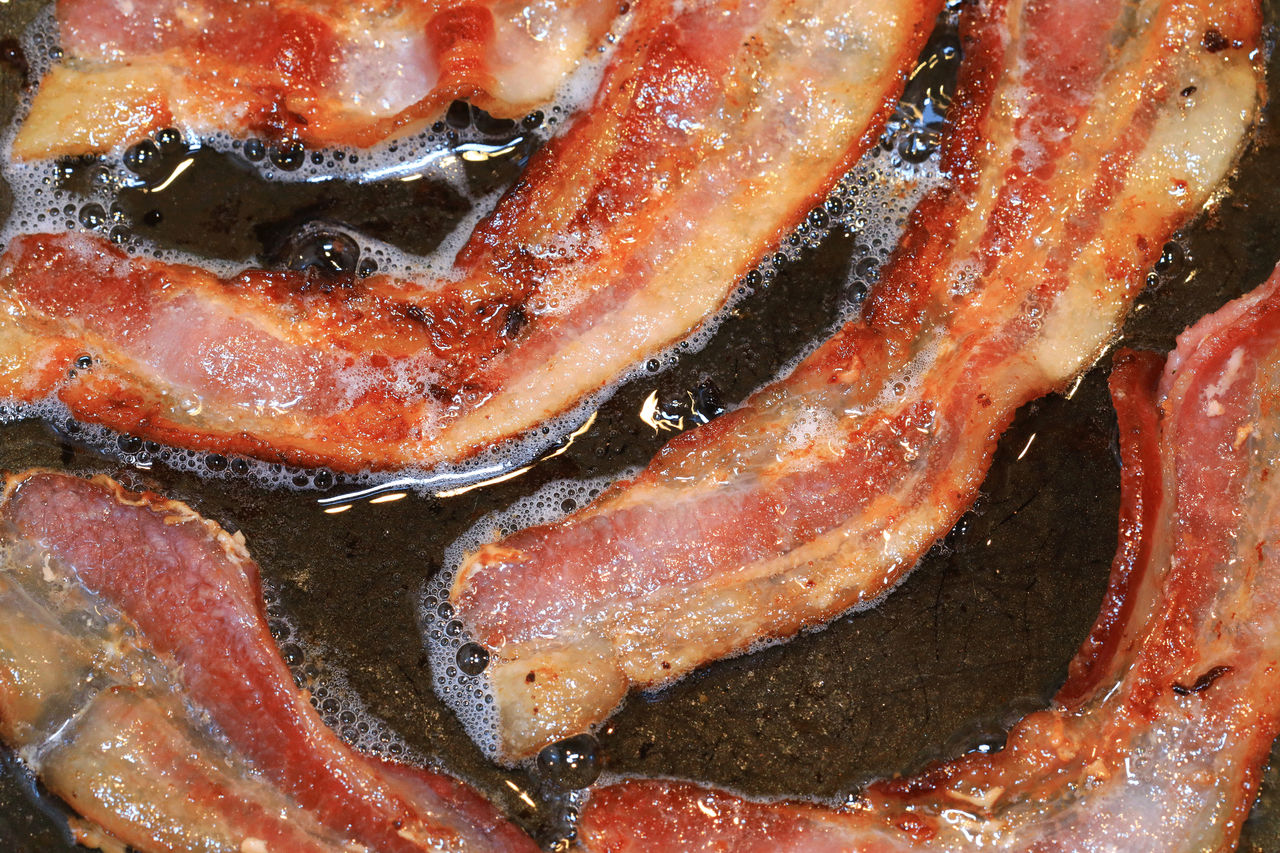Are Keto and Paleo Diets Heart-Healthy?

The American Heart Association says that the popular keto and Paleo diets aren't heart-healthy, but a few modifications can make them better for you.
With obesity and heart disease rates climbing, doctors are increasing their emphasis on the importance of diet as prevention. Many Americans are scrapping traditional diet plans like Mediterranean, low-fat, and vegetarian or vegan diets in favor of trendier plans like the ketogenic (keto) and Paleolithic (Paleo) diets. The keto diet has raised so much interest that it generated more than 25 million Google searches in one year.
Are the keto and Paleo diets heart healthy?
According to a scientific statement from the American Heart Association (AHA) published in the journal Circulation, keto and Paleo diet plans won’t help your heart. The AHA gives the diets low marks for their emphasis on saturated fat and restrictions on fruit, legumes, and whole grains.
The organization says other diets, like the Mediterranean and Dietary Approaches to Stop Hypertension (DASH), are better for your heart. But if you’re committed to following keto or Paleo, a few adjustments can increase their nutritional value.
YOU MIGHT ALSO LIKE: Our Popular Diets section
What are keto and Paleo Diets?
The “keto” in ketogenic diet stands for ketosis. Instead of using carbohydrates (whole grains, fruit, legumes, and vegetables) for fuel, your body burns fat. Generally, you’ll eat only 20 to 50 grams of carbs per day, getting the bulk of your calories from protein and fats like these:
- Avocado
- Cheese
- Eggs
- Fish
- Healthy oils like olive and avocado oil
- Meat
- Nuts and seeds
You’ll have to limit fruits to small portions and stick to low-carb vegetables like leafy greens (spinach and kale), peppers, onions, and summer squash.
The Paleo diet harkens back to the way our ancestors ate 2.5 million to 10,000 years ago, during the Paleolithic era. Those hunter-gatherers subsisted on whatever they could forage or kill, including:
- Fruits and vegetables
- Lean meat, such as grass-fed or wild game
- Fish
- Eggs
- Nuts and seeds
Proponents of the Paleo diet argue that our bodies weren’t designed for today’s processed diet, and that eating foods farmed using modern techniques contributes to obesity, heart disease, and diabetes. Like the keto diet, Paleo keeps grains, legumes, starchy vegetables, and dairy largely off your menu.
The pros and cons of keto and Paleo diets
The AHA does acknowledge the benefits of keto and Paleo diets, such as their emphasis on non-starchy vegetables, nuts, and fish and limits of sugar-sweetened foods and drinks. Studies have shown these diets to be effective for weight loss and lowering blood sugar.
Keto and Paleo diets also improved cardiovascular risk factors like weight, triglycerides, and high-density lipoprotein (HDL, or “good”) cholesterol in short-term studies. Most of the improvements disappeared after a couple of years, however.
Both keto and Paleo rely heavily on animal food sources. While fish and skinless chicken may be healthy, red meat is high in saturated fat and cholesterol, which is counterproductive to heart health.
Cutting out entire groups of food — fruits, legumes, and whole grains —can lead to nutrient deficiencies, says the AHA. Their restrictive nature also makes them hard to stick with. People with heart disease, kidney disease, or type 1 diabetes should avoid such high-protein diets.
Some people develop a collection of side effects from the keto diet, called “keto flu,” which include:
- Constipation
- Difficulty sleeping
- Headache
- Irritability
- Nausea
- Tiredness
Those symptoms appear two to seven days after starting the diet. It’s not clear what causes keto flu, but it can be unpleasant enough to make some people stop the diet.
What you can do
There are better dietary choices than keto and Paleo for protecting your heart. The AHA’s top picks are well-balanced and rich in healthy nutrients:
- Mediterranean diet
- DASH diet
- Pescetarian (vegetarian diet plus seafood) diet
- Ovo/lacto vegetarian diet
If you do want to try keto or Paleo, a few modifications can make the eating plans better for you:
- Increase the amount of vegetables and fruits you eat.
- Get more of your fats from plant sources, like nuts and healthy oils, and less from saturated fats, such as red meat.
- Ask your doctor whether you should take a multivitamin that contains potassium and magnesium, which the diets may lack.
Your doctor or a dietitian can help you modify whatever diet you choose to suit your health needs and tastes.
Updated:
August 21, 2023
Reviewed By:
Janet O'Dell, RN